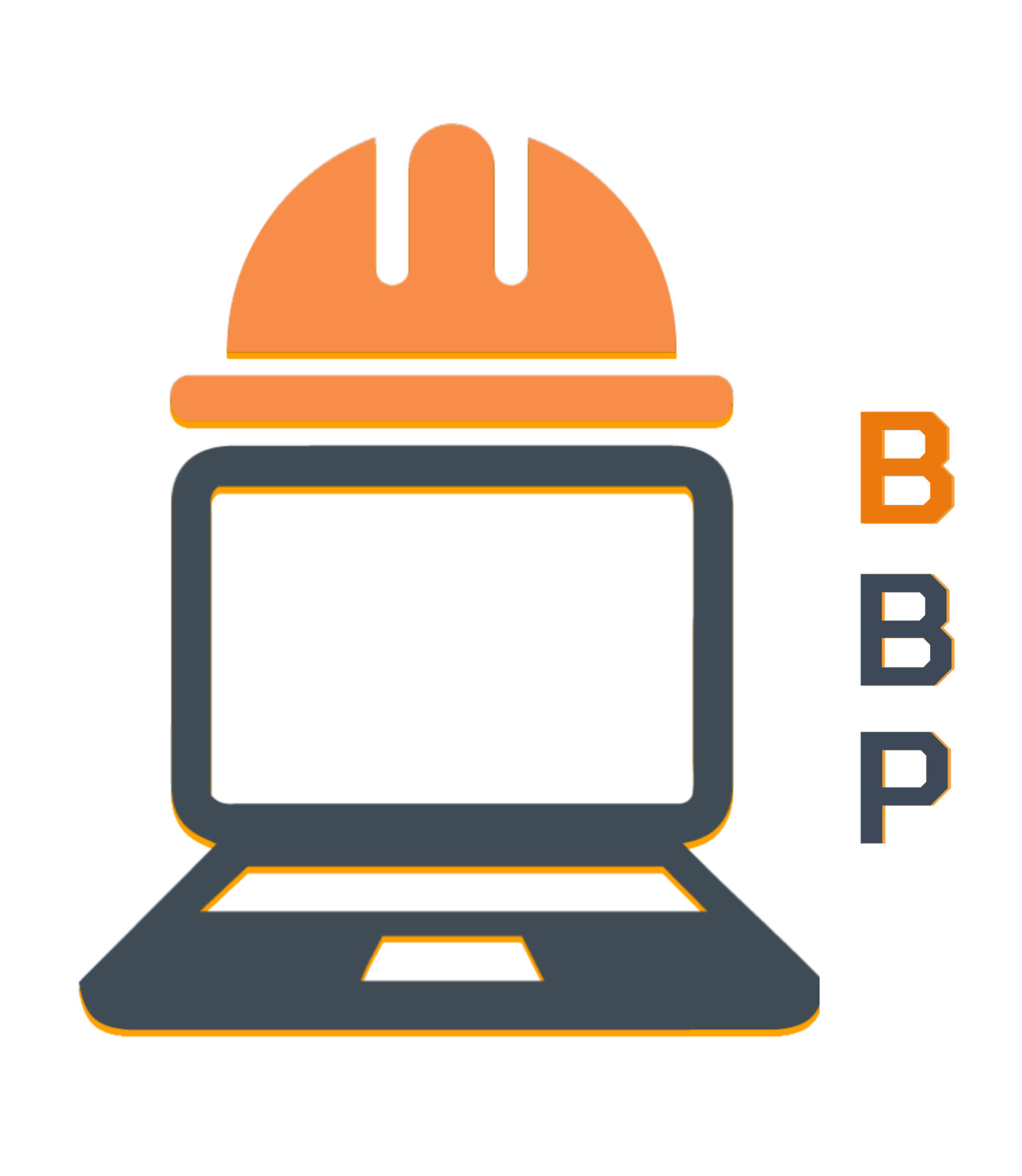WHY IT MATTERS
The construction industry is about to split in two.

AI isn’t coming for construction - it’s coming to it
Across the industry, firms that integrate automation into their operations are beginning to run leaner, estimate faster, and communicate more consistently. The rest will spend the next five years wondering how they fell behind.
McKinsey projects that firms adopting AI-driven project management and estimating could cut project overruns by up to 20%.
Deloitte reports that by 2030, AI could improve construction productivity by 25–30%, largely through automation of documentation, scheduling, and cost control.
Yet fewer than 1 in 10 small-to-mid-sized contractors have any digital roadmap in place.
The Competitive Edge IS OPERATIONAL
While most firms think of AI as “robots or marketing tools,” the real advantage is behind the scenes:
Compliance tracking that keeps your paperwork airtight.
Estimate confidence scoring that helps you bid smarter, not cheaper.
Margin insights that show where profits quietly leak away.
Permit and change-order tracking that keeps teams accountable.
Human-reviewed client messages drafted automatically, so communication stays consistent without losing personality.
Contracts reviewed and redlined for compliance before they ever reach a clients
These aren’t gimmicks. They’re systems that can protect your business, your margins, and your peace.
RESIDENTIAL VS. COMMERCIAL: The Digital divide
In residential, reputation and speed win the job. Homeowners now expect the same digital responsiveness they get from any modern service — quick updates, clean estimates, and clear contracts.
In commercial, compliance and documentation rule. Developers and GCs are beginning to favor subcontractors who can integrate clean data, submit AI-audited change orders, and maintain transparent digital records.
The risk of standing still
AI is an infrastructure shift.
Within a few years, your competitors will be submitting bids built on automated estimates, sending contracts pre-checked for legal compliance, and tracking job profitability in real time.
Doing nothing means quietly becoming the “analog subcontractor” on an increasingly digital jobsite.
A SMARTER
WAY TO START
You don’t need to rebuild your systems overnight - and you don’t need to become a tech company.
Our process begins with a paid discovery phase that delivers a clear, custom Opportunities Report:
a one-page plan identifying which parts of your operation could benefit most from automation and what it would take to implement them safely.
You keep the report - whether or not you choose to move forward.
But most firms do, because once you see the numbers, it’s hard to unsee the opportunity.


